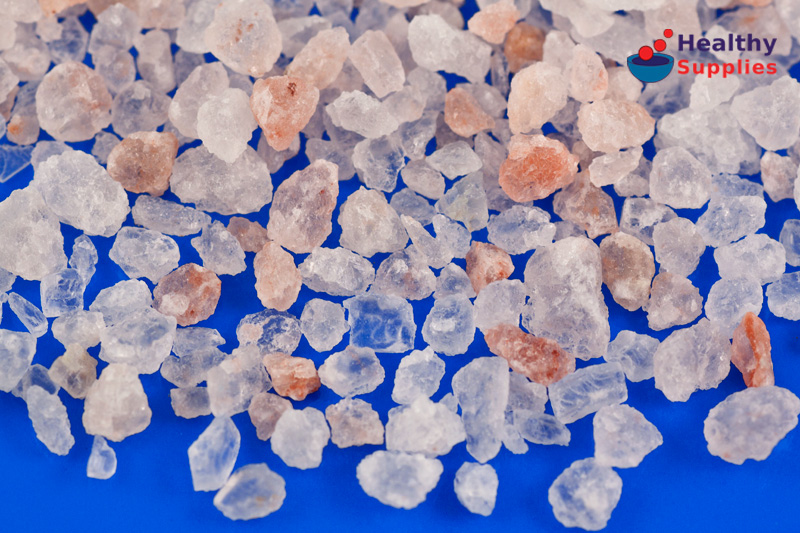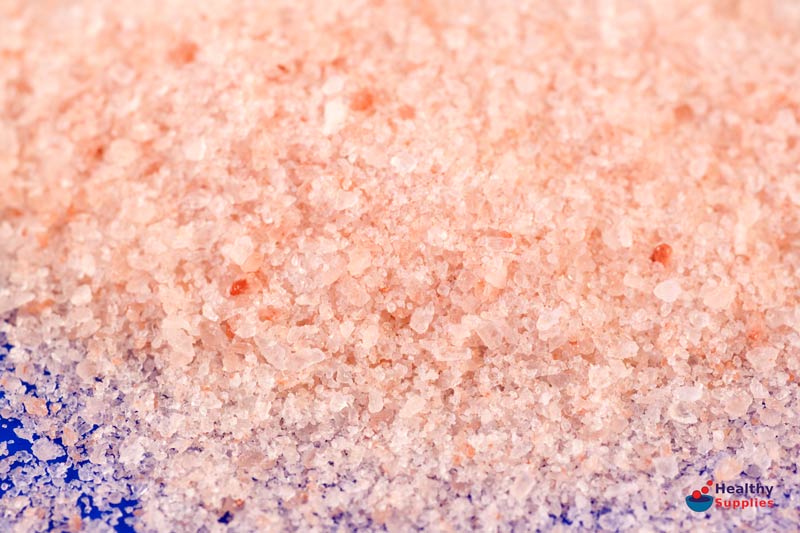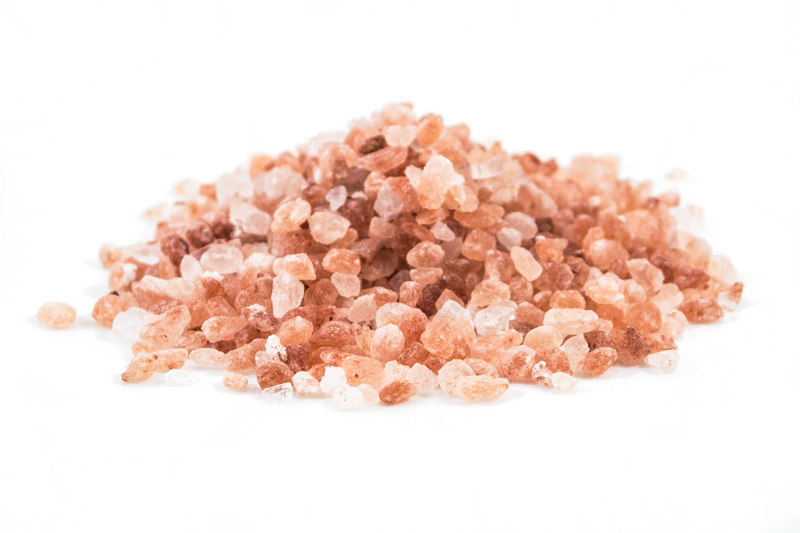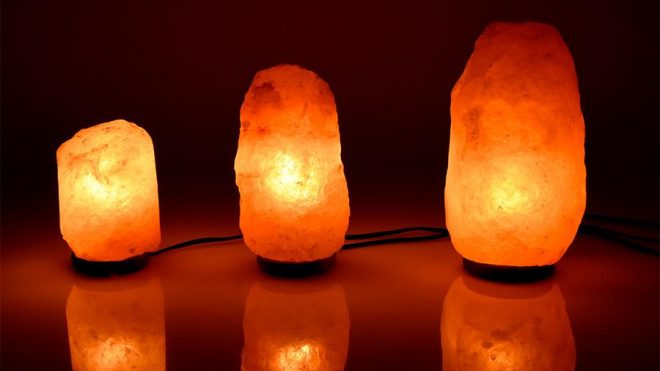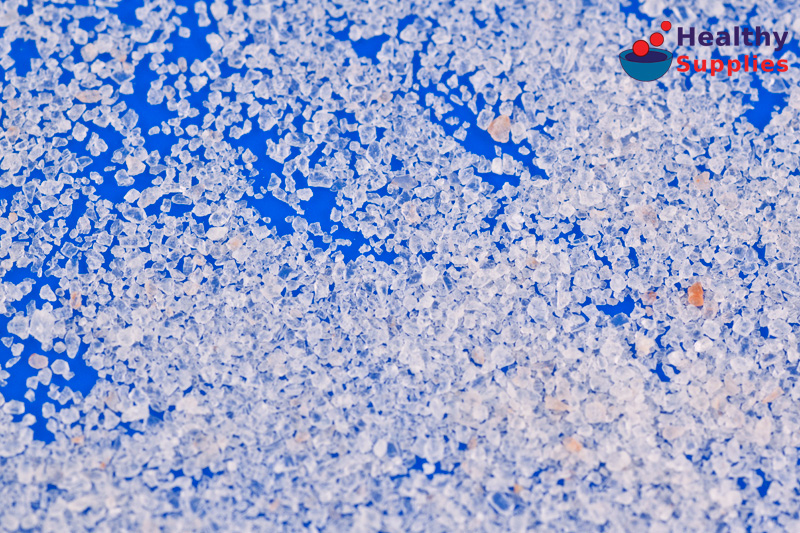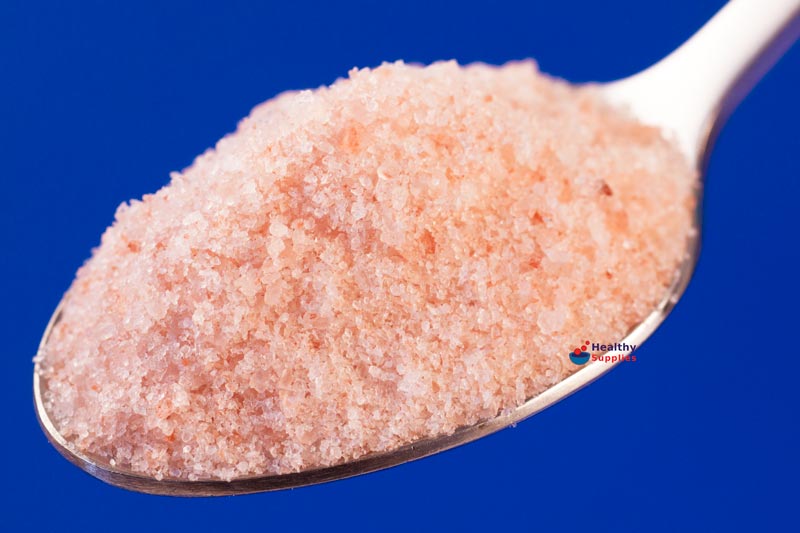An Introduction to Pink Salt
Himalayan pink salt has exploded onto the scene in recent years. It’s said that the army of Alexander the Great first discovered the rich salt deposits in the Himalayas.
Since then, pink salt has been used for many thousands of years as a preservative, a valuable spice and a trading commodity. It’s now exported in bulk all over the world.
But what is pink salt? Is it just a pretty version of our usual white table salt, or is there something else to it?
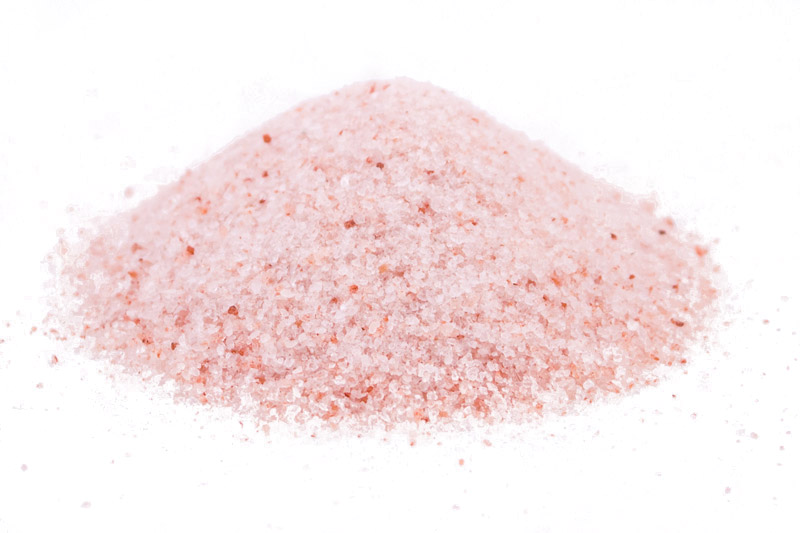
It's mined in the foothills of the Himalayas
Himalayan Pink Salt formed naturally over 250 million years ago, during the Jurassic era. Salt deposits in the mountains actually mark where sea beds used to be.
The pink salt that is commercially available today is mined in Pakistan, in huge complexes on many levels, containing many miles of tunnels.
Pink salt has more minerals than everyday table salt
Pink salt contains more minerals than regular white table salt, including potassium, calcium and magnesium – these give it its pink colour. Potassium is great for your heart and muscles, while calcium supports healthy teeth and bones, and magnesium helps turn food into energy and promotes the production of several important hormones.
It's used in several beauty treatments
Pink salt is often used as an exfloiating scrub and to promote healthy pH levels in the skin and replenish electrolytes. Salt is a natural absorber of dirt and toxins, and the minerals in pink salt can help maintain the skin’s natural barrier, keeping out contaminants and sealing moisture in.
Salt lamps have increased in popularity in recent years. There’s no doubt they can look fantastic, giving off a pink or orange-hued glow and really bringing a room together.
Although we hear health warnings against having too much sodium, which is the main constituent of pink salt, humans actually needs sodium, which is essential to maintain the body’s fluid balance, transmit nerve impulses, maintain muscle health and regulate blood pressure.
Come and see our range of pink salt here!

